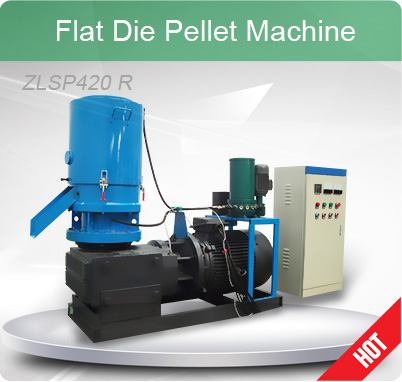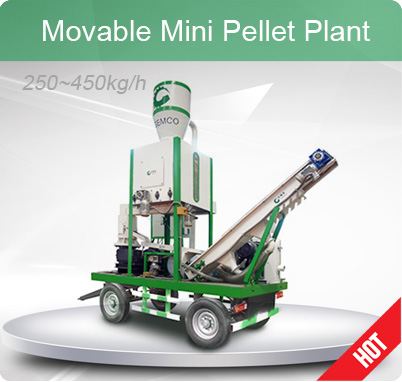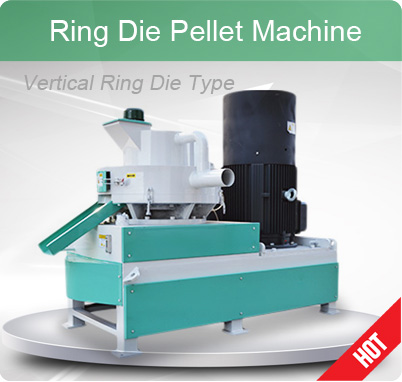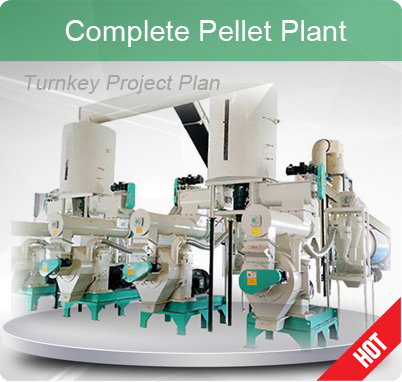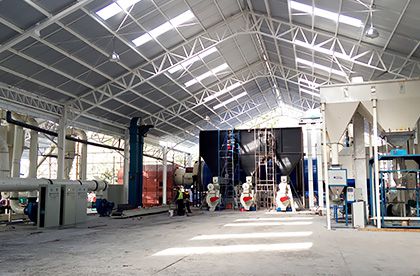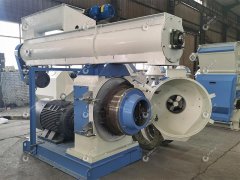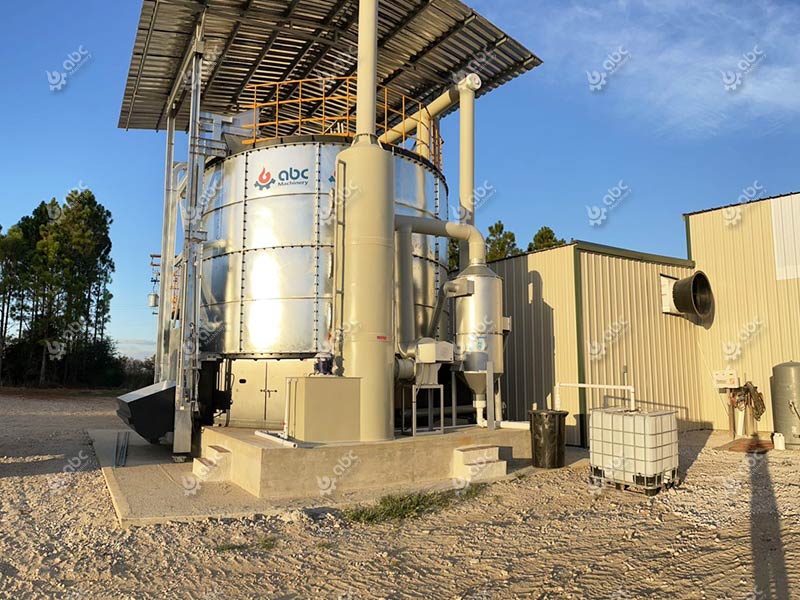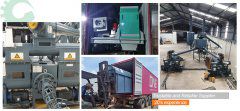Effective Dust Control Measures for a Complete Wood Pellet Plant
In recent years, wood pellets have gained popularity due to several reasons. First, they are a renewable energy source, providing an eco-friendly alternative to fossil fuels. Second, wood pellets offer high energy efficiency and a consistent heat output. Additionally, they have a low carbon footprint and help reduce greenhouse gas emissions. These factors, along with increasing demand for clean energy, present a significant opportunity for entrepreneurs to start a wood pellet manufacturing business and tap into the growing market for sustainable and efficient heating solutions.
Effective Dust Controlling Measures for Wood Pellet Manufacturing Business
Dust control is a crucial aspect to run a wood pellet plant efficiently and safely. Dust generated from every wood pellet production process, such as material handling, grinding, drying, and pelletizing, can pose health risks to workers, lead to equipment malfunctions, and create potential fire hazards. Setting up a dedusting systmem implementing effective dust control measures is essential to ensure a clean and safe working environment, and reduce the cost of wood pellet production line operation, which is indispensable for every wood pelletizing factory, either in small scale or large scale. Here, we provide a comprehensive guide and provide necessary suggestions on how to control dust in a complete wood pellet plant. (Read more: Business Plan to Setup Wood Pellet Plant >>)
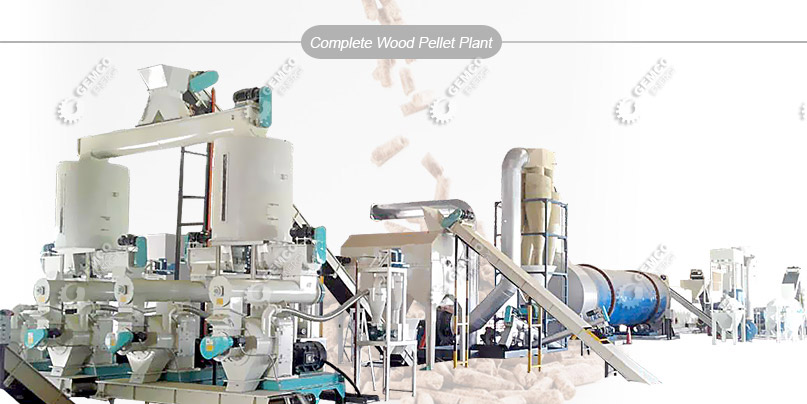
Wood Pelletizing System with Dust Controlling Design
Factory Layout Design Considerations
From the initial design phase, incorporating dust control measures is critical to build a complete wood pellet manufacturing plant. If you are now considering to start wood pellet manufacturing business and plan to set up a wood pellet plant, consider the following design aspects:
- Layout Optimization: Design the plant layout to minimize material movement and dust generation. Locate equipment strategically to reduce dust accumulation and facilitate efficient dust collection. (Related post: Custom Wood Pellet Plant Layout Design Plan >>)
- Enclosures and Segregation: Enclose processes prone to dust emissions, such as grinding and drying, to contain the dust within designated areas. Proper segregation helps prevent cross-contamination and allows for targeted dust control measures.
- Ventilation Systems: Install a well-designed ventilation system to create negative pressure in areas where dust is generated, which can prevent dust migration into other areas of the wood pellet plant and ensures effective dust capture.
Scientific Raw Materials Handling and Controlling
Effectively control dust when handling raw materials will minimize its spread throughout wood pelletizing plant. We can consider it from below aspects to control dust.
- Material Handling: Use closed conveyors or sealed transfer points to minimize material spillage and dust generation during raw material preparation process. Regular maintenance and inspection of conveyor systems are essential to prevent leaks and ensure efficient operation. (You may also like: How to Make Pellets from Various Biomass Materials?)
- Grinding and Size Reduction: Utilize dust collection systems, such as bag filters or cyclones, to capture dust generated during grinding or size reduction processes. Regular maintenance and proper adjustment of the equipment are essential to maintain effective dust collection efficiency.
- Drying Systems: Employ proper ventilation and dust collection systems for drying processes to capture dust particles efficiently. Ensure proper maintenance of dryers and filters to prevent clogging and optimize dust capture. (Related equipment: Wood Pellet Machine for Sales >>)
Dust Collection Systems: Necessary for Wood Pellet Production
Effective dust collection systems are essential for a wood pellet plant. Consider the following elements:
- Cyclone Separators: Install cyclone separators in appropriate areas to remove larger dust particles before they enter the dust collection system. This helps prevent clogging and improves the efficiency of downstream filtration.
- Baghouse Filters: Use baghouse filters to capture fine dust particles. Regular inspection, cleaning, and replacement of filter bags are crucial to maintain optimal filtration efficiency.
- Centralized Dust Collection: Implement a centralized dust collection system that connects to various dust-emitting equipment. This ensures efficient and centralized control of dust throughout the plant. (Project case: 2TPH Wood Pellet Plant Built in Australia >>)

Wood Pellet Production Line with Dust Collector
Maintenance and Housekeeping: Can't be Ignored
Regular maintenance and housekeeping practices are essential for effective dust control when wood pellet plant is regularly operating. Consider the following practices:
- Equipment Maintenance: Regularly inspect and maintain dust collection systems, ventilation systems, and other wood pellet manufacturing equipment prone to dust accumulation. Clean or replace filters, inspect ductwork for leaks, and ensure proper functioning of dust collection equipment.
- Cleaning Protocols: Implement regular cleaning schedules for plant areas prone to dust accumulation, such as floors, equipment surfaces, and ductwork. Use appropriate cleaning methods, such as vacuuming or wet cleaning, to minimize dust re-entrainment.
- Employee Training and Awareness: Train employees on dust control measures, safe handling of materials, and the importance of maintaining a clean working environment. Encourage an active culture of dust control and provide necessary personal protective equipment (PPE) to minimize exposure risks.
Controlling dust in a wood pellet plant is crucial for worker safety, equipment reliability, and operational efficiency. By incorporating design considerations, implementing source control measures, installing effective dust collection systems, and practicing regular maintenance and housekeeping, a wood pellet plant can maintain a clean and safe working environment. Prioritizing dust control not only ensures compliance with regulations but also contributes to the overall success and sustainability of your wood pellet making business.
Why Choose GEMCO as Your Wood Pellet Plant Supplier?
Since the establishment in 2004, GEMCO has helped lots of customers to build their own biomass pellet plant to deal with various materials, including sawdust, shavings, oak, pine, beech, straws, bamboo, bagesse, elephant grass, rice husk, coffee ground, and more. And, you can find our wood pelletizing projects in many regions, including the Czech Republic, Guatemal, South Korea, Thailand, Indonesia, Vietnam, Malaysia, Pakistan, Australia, the United Kingdom, Italy, Portugal, Serbia, Chile, Peru, Morocco, Russia, Ghana, Nigeria, etc. If you are interested in starting your own wood pellet manufacturing business to get more profits, just contact us to get more detailed information about our projects, including cost, equipment list, installation and commissioning, marketing and more.
- Expertise and Experience: With years of experience in the wood pelletizing industry, GEMCO has a deep understanding of the unique challenges and requirements of pellet plant operations.
- Comprehensive and Customized Solutions: GEMCO offers complete solutions, from plant design to equipment supply and installation. They have a strong ability to design an efficient wood pellet plant, incorporating advanced dust control systems to ensure a clean and safe working environment.
- Quality Equipment: GEMCO's wood pellet plant equipment is built to the highest standards, ensuring reliable and efficient operation. Their equipment is known for its durability, energy efficiency, and consistent performance.
- Technical Support: GEMCO provides excellent technical support throughout the project, offering guidance during installation, training for operation and maintenance, and ongoing assistance to address any issues or concerns.
- Strong Reputation: GEMCO has earned a strong reputation in the industry for their reliability, professionalism, and customer satisfaction. They have a track record of successful projects and long-term partnerships.



